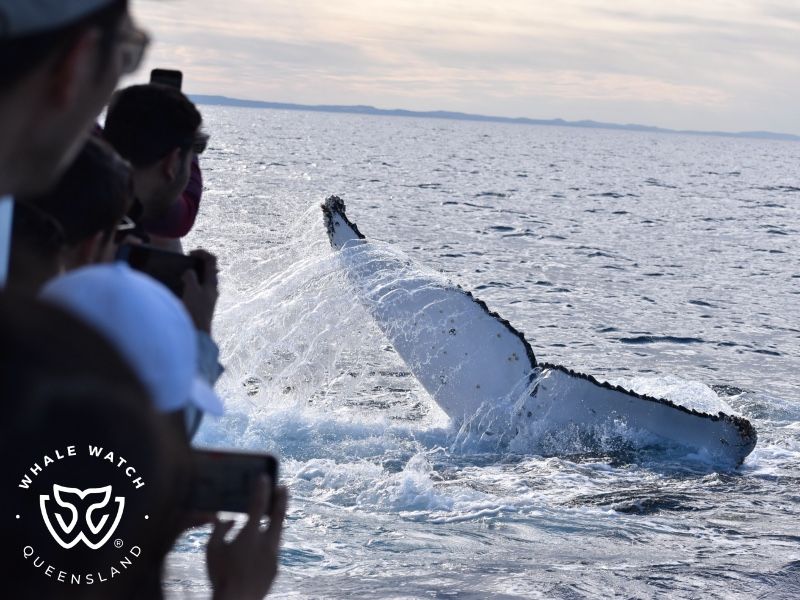The annual Humpback Whale migration in Australia is an epic journey of endurance, romance and new beginnings. The journey is observed every winter and spring as thousands of Humpback Whales make the long migration from their feeding grounds in Antarctica to northern breeding and calving grounds. The motivation for this journey is all about the next generation, during each migration thousands of new claves will be born and thousands of female whales will fall pregnant and be part of the following seasons baby boom. The migration takes over the coastline with two seperate populations of Humpback Whales calling Australian waters home. The population that migrates along the Western Australian coastline are the largest on the planet with over 45,000 Humpbacks travelling north to the Kimberley region. The population that visits the east coast of Australia are the second largest on the planet with over 37,000 enjoying the tropical paradise of the Great Barrier Reef as their nursery grounds.
The journey from Antarctica to the northern breeding grounds and return will take each individual Humpback Whale between 4-6 months to accomplish and a round journey of up to 13,000 kilometres in its entirety. The migration for the adults is completed without a meal as they rely on fat reserves to sustain them during their time away from Antarctica. Endurance is needed to achieve such an extraordinary migration and the Humpback Whales come prepared with their entire summer spent feasting on 1-3 thousand kilograms of krill per day. Huge weight gain is achieved over the summertime which helps sustain them during the winter and spring ahead.
The northern migration stretches from late May through to August with some of the earliest arrivals being sighted in April along the southern stretches of coastline in Australia. A small coastal township in Western Australia called Augusta is one of the very best locations in Australia to observe the northbound migration. The migration pattern is like traffic on a freeway and funnels through Flinders Bay, Augusta with huge momentum as hundreds of Humpback Whales move through every day. The age group during this stage of the migration includes juveniles and bachelor males who are full of energy and enthusiasm for the journey ahead. Mature females follow shortly afterwards which leads to a perfect recipe for romance as the peak of the breeding season takes place in June and July every year. Competition pods form quickly as bachelor males outnumber the available females which results in multiple male Humpbacks competing for the females attention.
The east coast of Australia observes a similar pattern of migration as the Gold Coast welcomes the rumble of competitive whales heading north to warmer waters from June onwards. Competition pods are plentiful along with juveniles and heavily pregnant females focused on reaching northern calving grounds as quickly as possible. Hundreds of Humpback Whales migrate past Surfers Paradise each and everyday from June through to October providing fantastic whale watching opportunities. Occasionally we will also sight mother whales with newborn calves off the Gold Coast during the winter as some females will have their calf further south than expected. She will continue to swim north but at a much slower pace with the waters that hug the Surfers Paradise skyline creating a perfect sheltered and calm home for the new mums.
A change of season and water temperature is the signal for the momentum of the migration to shift from northbound to southbound. September onwards observes a big change amongst the Humpbacks as they begin to make their way back south towards Antarctica. Juveniles, yearlings, newly pregnant females and bachelor males are the first of the population to migrate back south. It is an exciting time of the year for them as they have mostly achieved their objective of the migration and are much more relaxed on the southbound journey. Social interactions and curious approaches are a regular occurrence amongst the pods as they have time on their hands to rest, socialise and enjoy each others company on the southbound leg of the migration.
The last of the whales to head south are mothers with new calves who take a slow and steady approach to their southbound journey. Resting in sheltered bays is very important to ensure the calves don’t waste fat reserves that have been built up over the last few weeks. The calves have boundless energy and love to practice the Language of the Whales while mum is resting creating very special interactions for whale watchers during this wonderful stage of the southbound migration.







